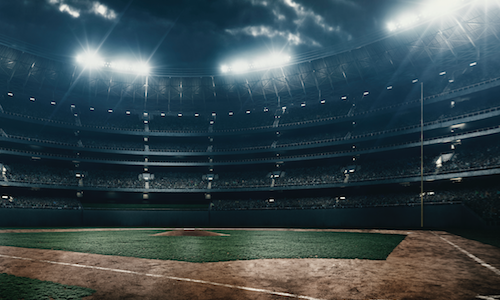
Baseball may not enjoy the same status it had in its glory days as the country’s greatest pastime, but in many places it remains as a significant influence on real estate.
Well, its stadiums do.
A new report from real estate listing portal Trulia highlights the impact, or at least correlation, between major league baseball stadiums and surrounding home values – ”surrounding” meaning within one mile.
Researchers for the website analyzed 29 stadiums – they excluded Toronto’s Rogers Centre – and found that the majority (18) were ringed with properties having higher median values than that of the overall city’s. It was mostly newer stadiums (built after 1999) that correlated more positively to home value – though, some older stadiums were accompanied by high median home values.

Fenway Park is one of the exceptions to the age rule. Built in 1912, the home of the Red Sox, the oldest stadium in the country, has become a Boston icon; and the neighborhood that has grown around it has benefitted from that prominence. According to Trulia, median home values surrounding Fenway are nearly double ($658,000) that of the overall city’s ($396,000). The margin is the third largest in the country.
Rents around the stadium are also higher than the city’s median by 28.3 percent.
